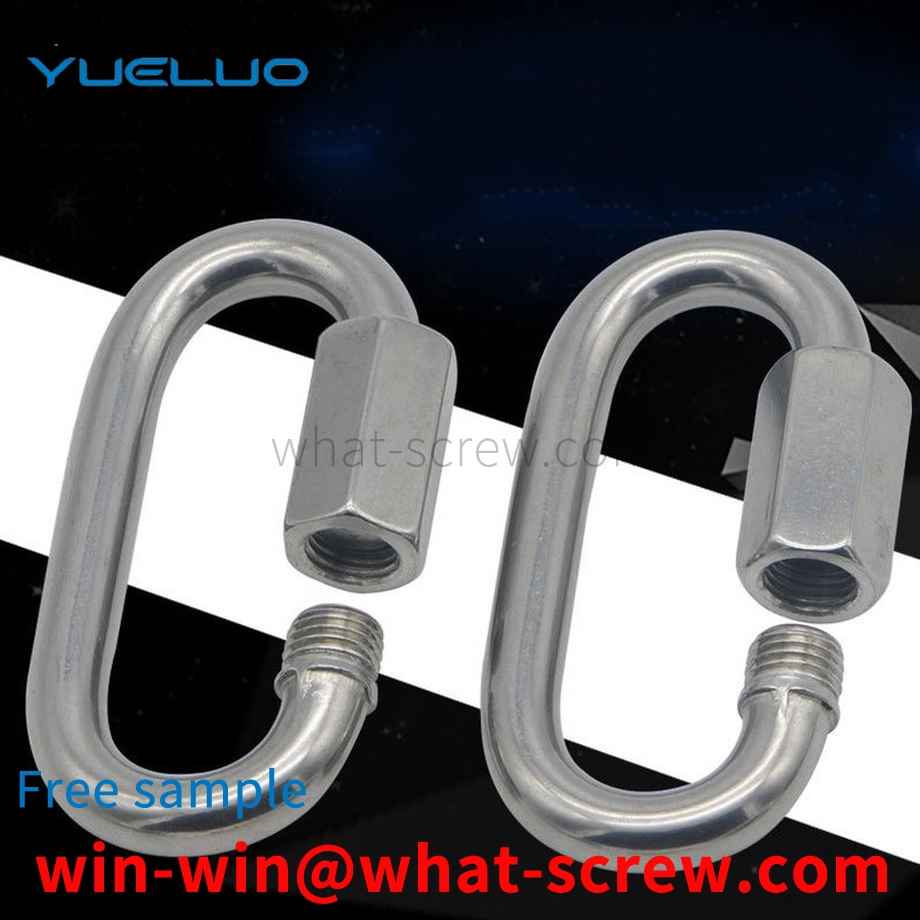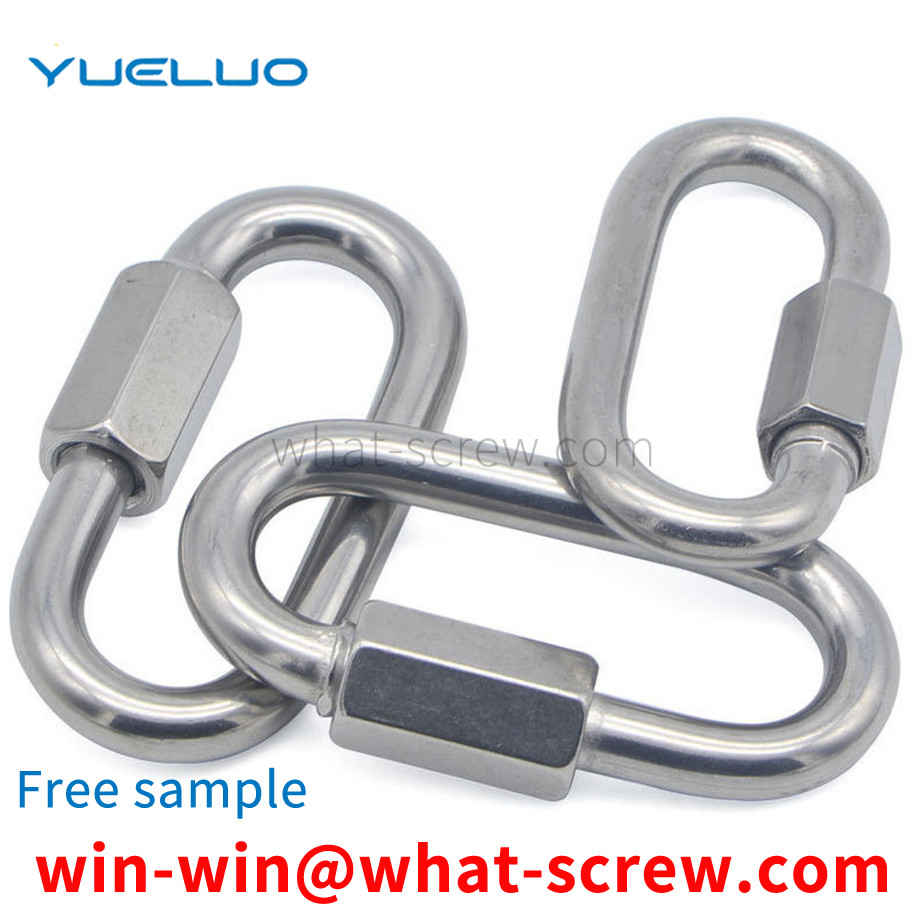Existing bolt and nut connections usually use threads for connection, and this connection method has two main drawbacks. First, tools are required to be used to lock it during installation, and it takes a long time to complete, which is time-consuming and labor-intensive; Second, the installed bolts and nuts are prone to loosening after a period of time, resulting in loosening and shaking between the connecting parts. Therefore, there is a need for a bolt and nut fastener that is easy to install and can effectively prevent the loose fit of the bolt and nut, so as to solve the problems existing in the prior art.
A rivet is a nail-shaped object used to connect two parts (or members) with a through hole and a cap on one end. In riveting, the riveted parts are connected by their own deformation or interference. There are many types of rivets, and they are informal.
At present, shaft retaining rings are mainly divided into three categories: elastic retaining rings for shafts, flattened wire retaining rings for shafts, and wire retaining rings for shafts. Among them, the spring retaining ring for the shaft is generally installed with circlip pliers, and the flattening wire retaining ring for the shaft and the wire retaining ring for the shaft are generally installed with a sharp screwdriver or needle-nose pliers. The defects and deficiencies of these two methods will be discussed in detail below: First, the above two installation methods require the operator to use a large force to open the retaining ring, which is more laborious; For the installation of the flattened steel wire retaining ring for the shaft and the steel wire retaining ring for the shaft, because the wire retaining ring has low elasticity and has no force point, it is very easy to cause the retaining ring to break or the installation tool to slip during the installation process. Higher skills and experience can be competent for the installation of wire retaining rings.
Inspection method There are two types of screw surface inspection, one is the inspection before the screw is produced and not plated, and the other is the inspection after the screw is plated, that is to say, after the screw is hardened and the surface of the screw is treated. . After the screws are produced and before electroplating, we inspect the screws in various aspects such as size and tolerance. See if there are national standards or customer requirements. After the surface treatment of the screws, we will inspect the plated screws, mainly to check the color of the plating and whether there are any broken screws. In this way, when we deliver screw goods to customers, customers can successfully pass the customs when they receive the goods. Inspection of screws after treatment: 1. Appearance quality requirements The inspection of the appearance of screws is carried out from the aspects of appearance, electroplating layer and so on. Second, the inspection of the thickness of the screw coating 1. The measuring tool method uses a micrometer, a vernier caliper, a plug gauge, etc. 2. Magnetic method The magnetic method is used to measure the thickness of the coating layer, which is a non-destructive measurement of the non-magnetic coating layer on the magnetic substrate with a magnetic thickness gauge. 3. Microscopy Microscopy is called metallographic method, which is to magnify the etched fasteners on a metallographic microscope with a micrometer eyepiece to measure the thickness of the coating on the section. 4. Timing flow method The timing flow method uses a solution that can dissolve the coating to flow on the local surface of the coating, and calculates the thickness of the coating according to the time required for the local coating to dissolve. There are also coating drop method, anodic dissolution Coulomb method, etc. 3. Inspection of the adhesion strength of the screw coating There are many methods for evaluating the adhesion between the coating and the base metal, usually the following. 1. Friction polishing test; 2. File method test; 3. Scratch method; 4. Bending test; 5. Thermal shock test; 6. Extrusion method. 4. Inspection of corrosion resistance of screw coatings The corrosion resistance inspection methods of coatings include: atmospheric exposure test; neutral salt spray test (NSS test); acetate salt spray test (ASS test), copper accelerated acetate salt spray test (CASS) test); and corrosion paste corrosion test (CORR test) and solution spot corrosion test; immersion test, inter-dipping corrosion test, etc.
Wood screws are similar to machine screws, but the thread on the screw is a special thread for wood screws, which can be directly screwed into wooden components (or parts) to connect a metal (or non-metal) part with a through hole to a wood screw. The components are fastened together. This connection is also a detachable connection.
We have many years of experience in the production and sales of screws, nuts, flat washers, etc. The main products are: stud bolts, plastic insulation PC, plastic flat washers, miniature hexagon nut screws and other products, we can provide you with suitable fasteners for you solution.



















 Service Hotline
Service Hotline




